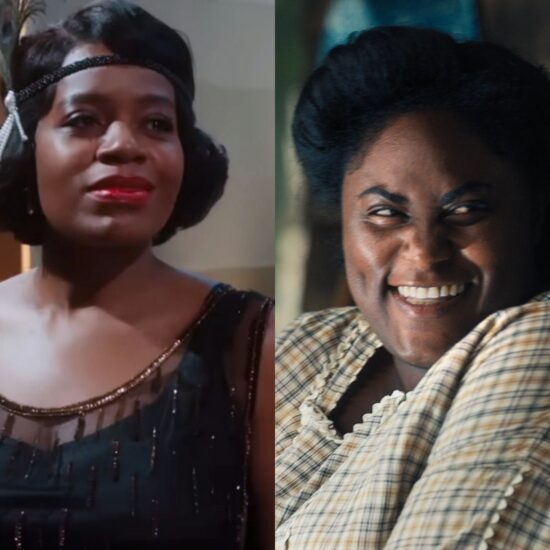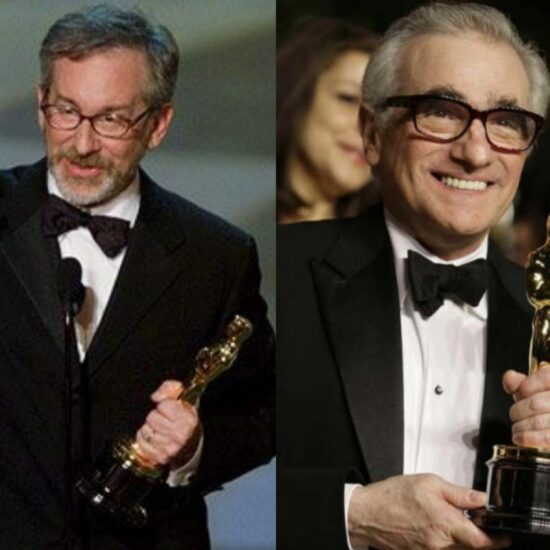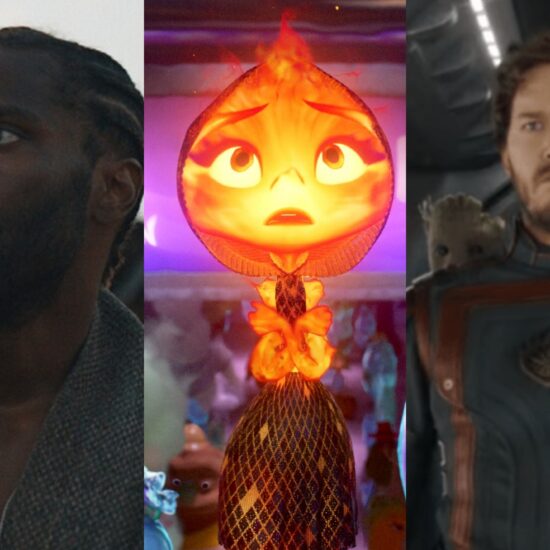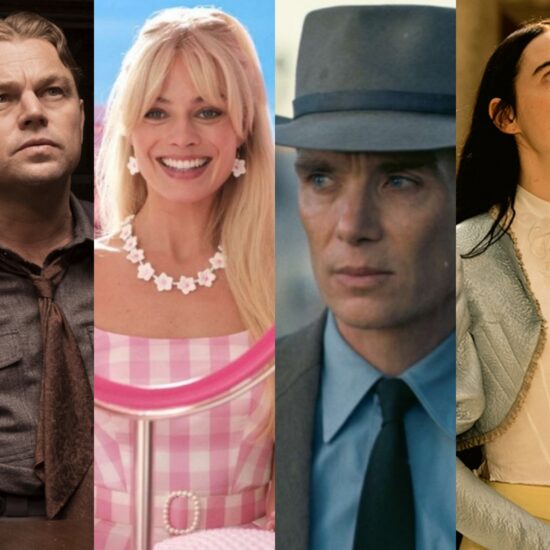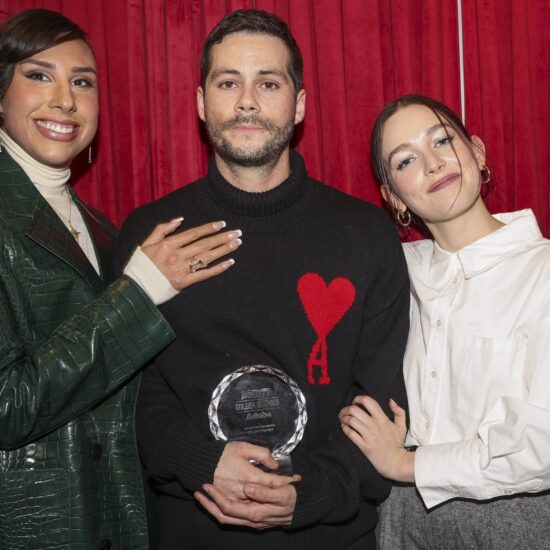
J.A. Bayona’s Netflix drama “Society of the Snow” recounts the tragic story of the 1972 Uruguayan airplane crash high in the snow-covered Andes, of which 29 of the original 45 passengers initially survived, stranded on a glacier 4,000 meters above sea level aptly named the Valley of Tears.
Survivors of the doomed flight, which carried a rugby team and their friends and family members from Montevideo to Santiago, managed to stay alive for two and a half months by consuming the flesh of the deceased.
While it’s not the first cinematic re-telling of the harrowing ordeal, Bayona’s take and his source material — the book of the same name by Uruguayan writer and journalist Pablo Vierci — ensured that it would be unique not only in its authenticity, but also in giving voice not just to those who survived, but also to those who perished.
“We always intended to make the most realistic and the most respectful version of the story possible,” Bayona tells Variety.
For the Spanish filmmaker, whose credits include such major Hollywood productions as “Jurassic World: Fallen Kingdom” and “The Lord of the Rings: The Rings of Power,” making the film in Spanish with local actors was an essential condition in order to attain that realism.
Shooting in very similar conditions was likewise vital, he adds. Bayona filmed at the site of the crash in the center of the Andes mountain range between Chile and Argentina, as well as in Spain’s Sierra Nevada in Granada.
“It was very important for us precisely so audiences could experience that sensation of reality and have that immersive feeling of putting you on that plane with the characters,” Bayona explains.
To maintain that style, they kept CGI to a minimum. “Visual effects are a tool at the service of the story. They are not the objective of the story,” Bayona says. “One has to be careful because it is very attractive to work with visual effects. You also have to be very careful because the use of CGI can change the tone of the story. It can affect the realistic tone of a film like this.”
All of the visual effects work was done using real footage, Bayona adds. For example, he replaced the backgrounds of the Sierra Nevada with real images of the Andes.
His ambitious vision for the film was anything but easy, however. “Unfortunately, the ceiling for making films in Spanish at a budget level is very low, and it took us 10 years to obtain financing and to be able to shoot the film with the ambition that we wanted,” he says.
But Bayona’s efforts appear to have paid off. The film has had an impact on audiences. At the recent San Sebastian Film Festival, “Society of the Snow” won the audience prize with the highest ever score – 9.23 points out of 10. The Netflix film, which premiered in Venice, is also Spain’s entry for the Oscars.
“Our intention was to create a cinematic experience and, in a way, an immersive experience in which the public has the sensation of being on the plane experiencing the trip with them,” Bayona says. “And from there, understand what they did and in some way also feel the emotions that they felt. It is an intense film, but it is a film that leaves you with a very strong appreciation of life. It’s a life-affirming experience.”
Despite the impressive achievement, Bayona says making ambitious Spanish-language films remains a challenge. He points to his own track record, noting that his films have performed well at the box office. “And yet it has taken us a long, long time to finance this one. I think because it was in Spanish,” he says. “It is a very, very important opportunity to show the world that competitive cinema can be made with Latin and Ibero-American talent. This movie is a rarity. The normal thing would be that this film would not exist. And yet we have managed to make it. Now it’s very important for me that the film has the best possible reception because we are breaking a glass ceiling in making a movie like this.”
Netflix, which produced “Society of the Snow” with Spain’s Misión de Audaces Films and El Arriero Films, made it possible, he adds.
“Netflix is an interesting studio because it continues to bet on filmmakers and on films that, like this one, would not exist if we only depended on the classic financing windows. Movies like ‘Roma,’ like ‘The Irishman’ or Guillermo del Toro’s ‘Pinocchio’ were able to be made thanks to Netflix.”
The story of the Andes tragedy has remained popular over the decades, especially in Spanish-speaking countries, and widely talked about. “But,” Bayona says, “those who have not spoken are those who could not speak in these 51 years, who are the dead. I think there is something that has been inspired by Pablo Vierci’s book that seems very important to me, which is to have given the living the opportunity in the film to give voice to the dead, to seek that perspective that is a bridge between the living and the dead and give the dead the opportunity to say what they have not been able to say. I think that has been something healing for the survivors.”
Speaking to Variety, Vierci points out that unlike the many tales of desperate survivors in which savagery emerges, in this story a new society forms in which compassion, mercy and generosity arise.
“At this time of wars and terrorism, it is a very optimistic vision of human beings,” Vierci says. “And this is real, it is not fiction — we have 16 witnesses and we have three letters written by boys who died who tell the same thing. That is, the famous pact of mutual provision, saying, ‘You can use my body if I die in order to survive.’”
For Vierci, happenstance has played a large role not only in the writing of his book but also in its adaptation to film. The tragedy has long accompanied the writer, who as a young man attended Stella Maris College in Montevideo along with survivors of the flight disaster. It was his close relationship with them that made his intimate account possible.
“In that sense I think it was a coincidence,” Vierci says. “I would tell you, it was an alignment of the stars. And I was a contemporary and friend of all of them. That’s a double coincidence. And then a third coincidence is the appearance of J.A. Bayona, who has the sensitivity, the talent and who is interested in opening doors that are closed, linked to life and death.”
Bayona adds, “I think that perspective opened the doors to all of us, to the survivors, to the families of the deceased, and it has been something that I have the impression now when I watch the film with them, that it has been a healing experience for them.”
“There is something very beautiful in this story, in which the characters sacrifice themselves for the others and understand that there is something that is above them and even above their own lives, which has to do with friendship, with love, with camaraderie,” he says. “I think that’s the goal when I talk about the audience seeing this film as an experience so that through empathy they can feel something similar: that there is something that is above all of us, more important even than us, which is love, friendship, camaraderie. I think it’s a message that is eternal, that was true 51 years ago and is still almost more relevant now than it was then.”









